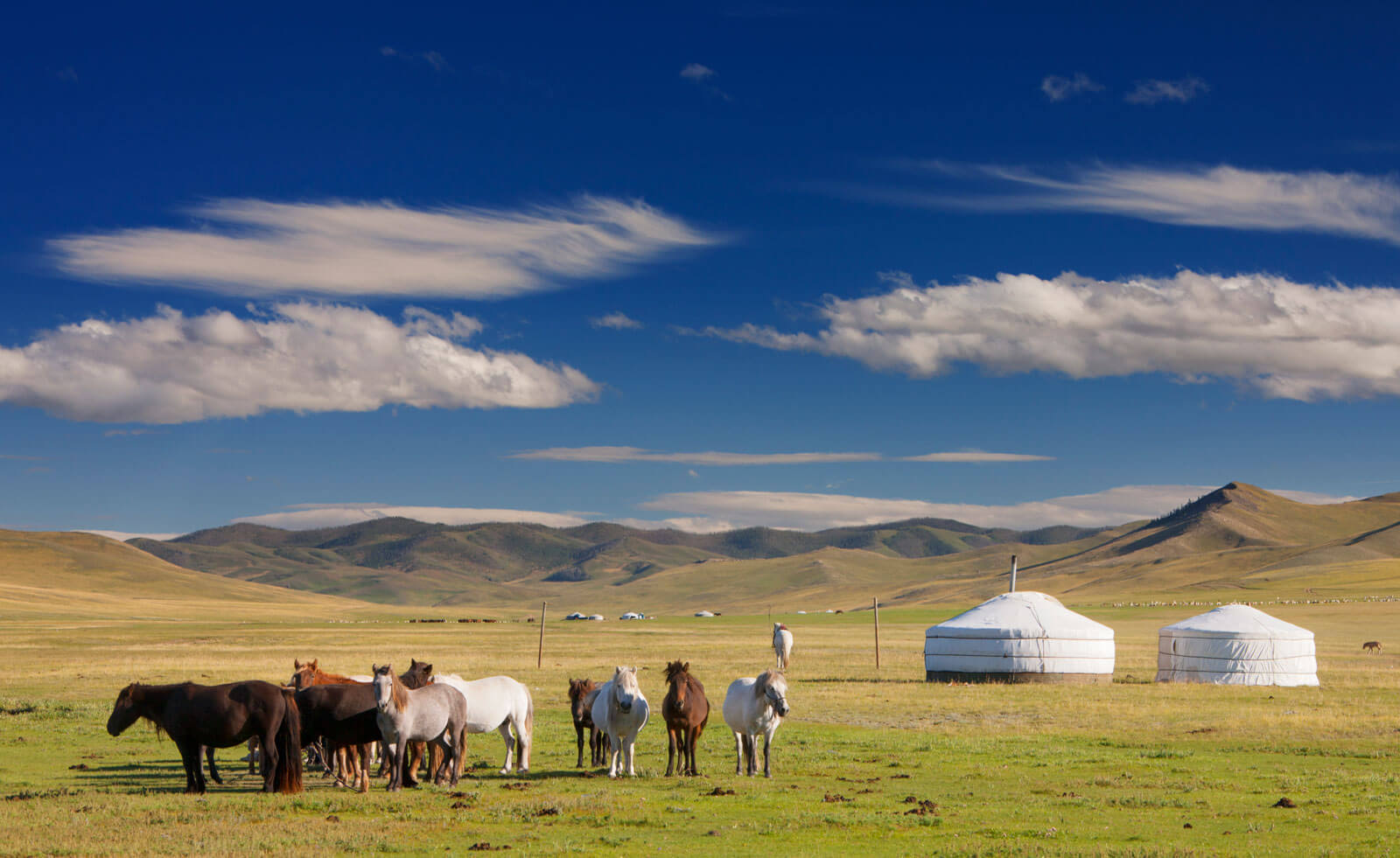Mongolia elected Ukhnaagiin Khürelsükh of the Mongolian People’s Party (MPP) as the country’s new president last month. The country also elected Luvsannamsrain Oyun-Erdene as its new Prime Minister (PM) in January this year. While Khürelsükh, who is also the country’s former PM, is known for furthering relations with China and Russia, the rest of the country’s foreign policy remains largely dormant. Should the Khürelsükh government open its doors to greater foreign engagement, there will be ample room for other countries to explore. Against this backdrop, the inauguration of a new government in Ulaanbaatar presents India with a unique opportunity to expand PM Narendra Modi’s Act East policy and tap into the vast resource potential of Mongolia.
Historically, India has been connected to Mongolia through the roots of Buddhism. Over two millennia ago, the religion was carried to Mongolia by Indian missionaries; to date, Buddhists form the single largest religious denomination in Mongolia. India has attempted to keep this thread of connection relevant in contemporary times, with New Delhi continuing to refer to the country as a “spiritual neighbour.”
Aside from their cultural ties, on December 24, 1955, India became the first country outside the Soviet bloc to establish diplomatic relations with Mongolia. Since then, there have been numerous diplomatic visits and interactions between the two countries, including high-level meetings. PM Modi, his former external affairs minister Sushma Swaraj, and former President Pratibha Patil have all visited the country soon after taking office. In fact, Modi has even said that the country is an important part of India’s Act East Policy and announced a $1 billion credit line to the country to help expand its economic capacity and infrastructure. In addition, the countries also decided to upgrade their relationship from a comprehensive partnership to a strategic partnership.
Furthermore, the Indian government is helping set up a $1.236 billion oil refinery in Dornogobi. It is also training Mongolian engineers, technicians, IT personnel, and human resource officials in specialised Indian institutions under the Indian Technical & Economic Cooperation (ITEC). Along these same lines, a Cyber Security Training Centre is being established in the country with Indian support.
In addition, the two countries have established the India-Mongolia Friendship School Project, and also participate in cultural exchange programmes and military training, have signed a memorandum of understanding to carry out joint space exploration. Alongside these economic initiatives, India also donated 150,000 doses of COVID-19 vaccines to Mongolia.
Nevertheless, despite all this cooperation, their relationship remains largely underutilised. The neglected nature of India-Mongolia ties is most apparent in their trade relationship. With 20 times more livestock than people, Mongolia is known for its exports of apparel, livestock, animal products, cashmere, wool, and hides. In addition, it has huge reserves of copper, gold, fluorspar, other nonferrous metals, coal, and crude oil. Yet, almost 96% of its exports go to China and the United Kingdom (UK) alone.
India, on the other hand, purchases the bulk of its apparel from the usual suspects—China, United States (US), Bangladesh, Vietnam, and Indonesia. Similarly, India imports livestock from the US, Bangladesh, Vietnam, France and Myanmar. It also imports copper, which is among Mongolia’s top exports, from other countries as well, including Japan, Congo, Singapore, Chile, Tanzania, the United Arab Emirates (UAE), and South Africa.
While dairy may be a natural byproduct of rearing as much livestock as Mongolia does, its dairy industry needs a significant overhaul in order to maximise its trade potential. In 2019, its dairy exports were worth only $44,000, with the US being its sole importer. Since India is a self-sufficient milk producer and even exports its own dairy products to neighbouring countries like Bhutan, Afghanistan, and the UAE, it could look into investing in and training Mongolia’s dairy sector, which is in need of a significant push. As an upcoming emerging market, Mongolia is bound to witness an expansion of its economic growth and will offer Indian investors the chance to further diversify their portfolios. As 30% of the 3 million population of Mongolia are farmers, the return on investment could be substantial. In exchange, it would offer Mongolian farmers a stable livelihood and help to control the trend of urban migration.
Similarly, Mongolia’s top imports are sourced from other countries. Currently, Mongolia imports refined petroleum, cars, delivery trucks, large construction vehicles ($208M), and planes, helicopters, and spacecraft, which come from mostly from China ($1.95B), Russia ($1.78B), Japan ($594M), South Korea ($287M), and the US ($270M). While India exported around 276,808 units of passenger cars last year, its exports have dropped by 48% against the 531,226 units exported in 2019. Hence, it still lags behind the aforementioned countries.
Given Mongolia’s closeness to Russia and China and its large trade volume with the US and UK, bridging this gap will no doubt prove challenging. Therefore, India must prioritise expanding investment into Mongolia’s dairy, minerals, and tourism sectors, all of which currently offer great potential for development. Mongolia has one of the world’s fastest economic growth rates and India must take advantage of this while competition with other powers remains limited.
Mongolia’s Change in Leadership Presents a Unique Opportunity for India’s Act East Policy
India’s foreign policy towards Mongolia lies largely dormant. It must revive its ties with the country’s new government to exploit the advantages offered by its North Asian neighbour.
July 5, 2021

SOURCE: BRITANNICA
